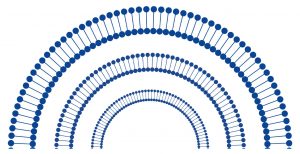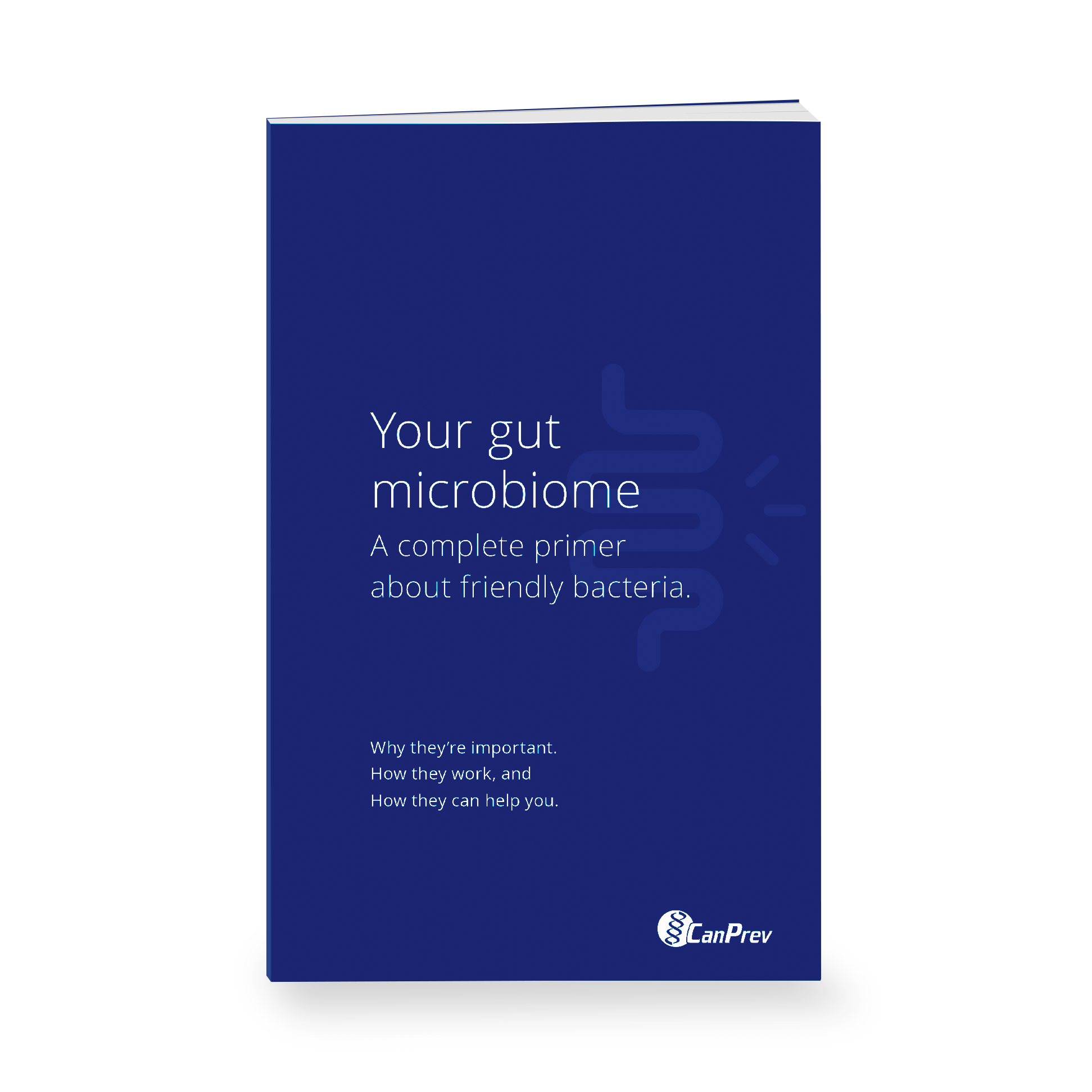The efficacy of each supplement ranges drastically depending on how it’s made. One form of vitamin C may be in and out of your body within 4 hours, while another stays in your body for the whole day, effectively boosting your immune system. These two supplements contain the same dose, yet yield different outcomes in your body.
Out of the many options at the health food store, how can you determine the most suitable product for you? Considering bioavailability is one way.
Understanding liposomal performance
When you think of supplements, you likely picture them in capsule or tablet form. Few people know about liposomal supplements, even though it is a superior delivery method. Liposomes have long been used as one of the most effective pharmaceutical delivery methods. As such, the liposome delivery method is becoming more common in natural health.
Before understanding liposomal performance, we must first understand how nutrients enter the cell. Each cell’s membrane is strategically constructed by phospholipids – tons of them. An individual phospholipid contains a hydrophilic head (loves water) and a hydrophobic tail (loves fat). Phospholipids are arranged in 2 layers: the water-loving heads are facing the outside, while the fat-loving tails are facing the inside.
The goal of the membrane is to repel pathogens or foreign material from entering, while ensuring that nutrients can quickly enter. This is referred to as semi-permeable or selectively permeable membrane.
Think of the cell membrane like security guards at a high-level tech company – they need to prevent the general public from entering the facility, while keeping the door open for its employees. The security team is similar to the phospholipids in the membrane. Imagine two lines of security guards, one facing the entrance and the other facing the exit.
With this formation, the double-layered membrane provides a strong barrier to molecules that move in and out of the cell. Small or hydrophobic molecules can easily pass the membrane, but larger or hydrophilic molecules must obtain the help of a transporter protein to enter the cell. In other words, those who are not “employees” need to be double-checked and enter through a special entrance, if approved.
How do liposomal supplements work?
Liposomes are nano-sized spherical containers that carry material directly to the cells and body tissues. This container, also known as a vesicle, is protected by a phospholipid double layer, similar to that of your cells. Just as the cell membrane is capable of protecting what goes in and out of the cell, the phospholipid membrane of the liposome ensures its contents are well-protected and fully absorbed in the intestines. Using the same analogy, liposomes would be the security vehicle, transporting molecules to the cells.
Advantages of liposomal supplements
Smaller, more effective doses
While capsules or tablets can be prematurely broken down by enzymes or stomach acid in the digestive system, liposomes remain intact until they reach their target site. Liposomes release their contents slowly as each phospholipid layer peels away, resulting in controlled nutrient delivery. Thus, the supplement can exert its effects for a longer period and the number of doses needed can be reduced.
Increased efficacy and results
Liposomes have an extra layer of protection, and are less likely to degrade or get lost in the digestive tract. They are able to get to the specific cells before releasing its contents. Because liposomal supplements are made up of a similar material to cell membranes, they are more easily recognized and used by cells. As a result, a higher percentage of the supplement can be used by the body.
Convenient consumption
Some vitamins, such as fat-soluble vitamins A, D, E and K, are best absorbed with food. Other nutrients, such as iron, should be taken on an empty stomach as it competes with other minerals for absorption. With all these rules, your supplement routine can quickly become a hassle. Liposomes offer a solution – they are absorbable enough on their own, and can be taken with or without food.
Great for those with digestive issues
Many capsules and tablets need to be broken down by digestive enzymes, which can be compromised by certain digestive conditions or chronically high stress levels. On the other hand, liposomes tend to remain whole until they reach the small intestines, where they are absorbed directly through intestinal walls. Thus, people with insufficient digestive enzymes or poor digestion may have an easier time absorbing liposomal supplements
Therapeutic effects
When aiming to reach a therapeutic dose of an ingredient, nutrients delivered in a liposomal form have proven to be more effectively used by the body, compared to other delivery forms such as capsules and tablets. For instance, 1000mg of vitamin C in liposomal form is far superior to 1000mg of vitamin C in a tablet. This is because a greater percentage of the liposomal vitamin C is absorbed by the body, with its longer lasting effects. Liposomal supplements can yield results similar to that of intravenous (IV) administration of vitamin C used therapeutically in clinics.
Introducing liposomal supplements from CanPrev
Though liposomal technology is powerful, not all liposomal formulations are equally effective. CanPrev’s liposomal products use a patented delivery system that transports active nutrients directly to your cells for optimal results. Plus, you can be assured that our liposomal options are soy-free and deliciously flavoured with natural ingredients.
References
- Akbarzadeh, A., Rezaei-Sadabady, R., Davaran, S., Joo, S. W., Zarghami, N., Hanifehpour, Y., Samiei, M., Kouhi, M., & Nejati-Koshki, K. (2013). Liposome: classification, preparation, and applications. Nanoscale research letters, 8(1), 102. https://doi.org/10.1186/1556-276X-8-102
- Bulbake, U., Doppalapudi, S., Kommineni, N., & Khan, W. (2017). Liposomal Formulations in Clinical Use: An Updated Review. Pharmaceutics, 9(2), 12. https://doi.org/10.3390/pharmaceutics9020012
- Davis, J. L., Paris, H. L., Beals, J. W., Binns, S. E., Giordano, G. R., Scalzo, R. L., Schweder, M. M., Blair, E., & Bell, C. (2016). Liposomal-encapsulated Ascorbic Acid: Influence on Vitamin C Bioavailability and Capacity to Protect Against Ischemia-Reperfusion Injury. Nutrition and metabolic insights, 9, 25–30. https://doi.org/10.4137/NMI.S39764
- He, H., Lu, Y., Qi, J., Zhu, Q., Chen, Z., & Wu, W. (2019). Adapting liposomes for oral drug delivery. Acta pharmaceutica Sinica. B, 9(1), 36–48. https://doi.org/10.1016/j.apsb.2018.06.005
- Himanshu, A., Sitasharan, P., & Singhai, A. K. (2011). Liposomes as drug carriers. IJPLS, 2(7), 945-951.
- Sercombe, L., Veerati, T., Moheimani, F., Wu, S. Y., Sood, A. K., & Hua, S. (2015). Advances and Challenges of Liposome Assisted Drug Delivery. Frontiers in pharmacology, 6, 286. https://doi.org/10.3389/fphar.2015.00286









We love this vitamin C!